Archives
- 2025-10
- 2025-09
- 2025-04
- 2025-03
- 2025-02
- 2025-01
- 2024-12
- 2024-11
- 2024-10
- 2024-09
- 2024-08
- 2024-07
- 2024-06
- 2024-05
- 2024-04
- 2024-03
- 2024-02
- 2024-01
- 2023-12
- 2023-11
- 2023-10
- 2023-09
- 2023-08
- 2023-07
- 2023-06
- 2023-05
- 2023-04
- 2023-03
- 2023-02
- 2023-01
- 2022-12
- 2022-11
- 2022-10
- 2022-09
- 2022-08
- 2022-07
- 2022-06
- 2022-05
- 2022-04
- 2022-03
- 2022-02
- 2022-01
- 2021-12
- 2021-11
- 2021-10
- 2021-09
- 2021-08
- 2021-07
- 2021-06
- 2021-05
- 2021-04
- 2021-03
- 2021-02
- 2021-01
- 2020-12
- 2020-11
- 2020-10
- 2020-09
- 2020-08
- 2020-07
- 2020-06
- 2020-05
- 2020-04
- 2020-03
- 2020-02
- 2020-01
- 2019-12
- 2019-11
- 2019-10
- 2019-09
- 2019-08
- 2019-07
- 2018-07
-
mth1 inhibitor The androgen receptor gene AR is located on t
2024-03-01
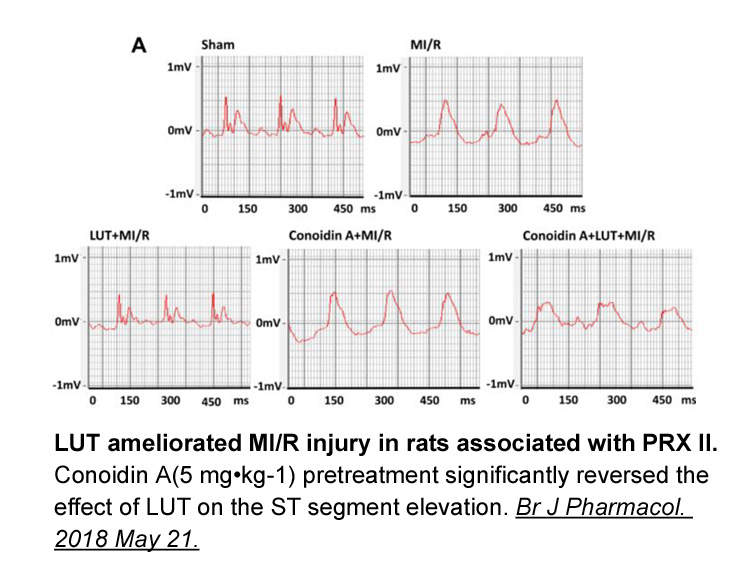
The androgen receptor gene (AR) is located on the X-chromosome and consists of eight exons in humans (Brown et al., 1989; Kuiper et al., 1989). The similar gene structure in mice, monotremes and marsupials indicates AR is highly conserved in mammals (Choong et al., 1998; Faber et al., 1991; He et al
-
While there is much in vivo work on prion
2024-03-01
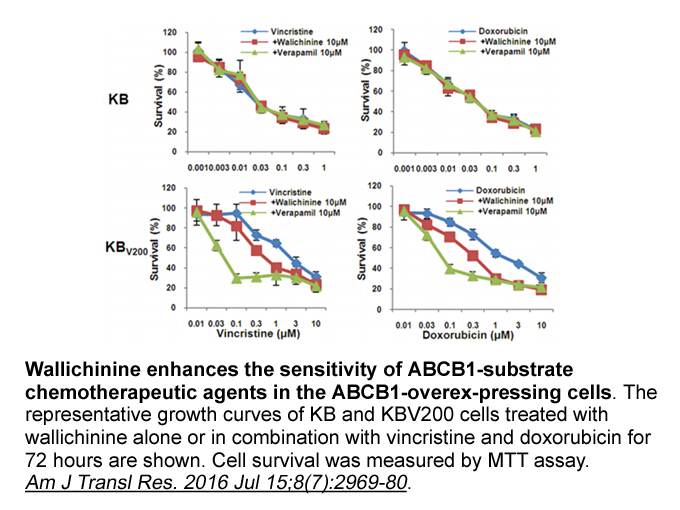
While there is much in vivo work on prion-like Aβ, it has not been shown that one can induce inclusions of Aβ in cultured cells as has been shown for tau and α-synuclein. One reason is practical; Aβ is a low molecular weight metabolite cleaved from within the larger amyloid precursor protein (APP) a
-
The control group participants of
2024-03-01
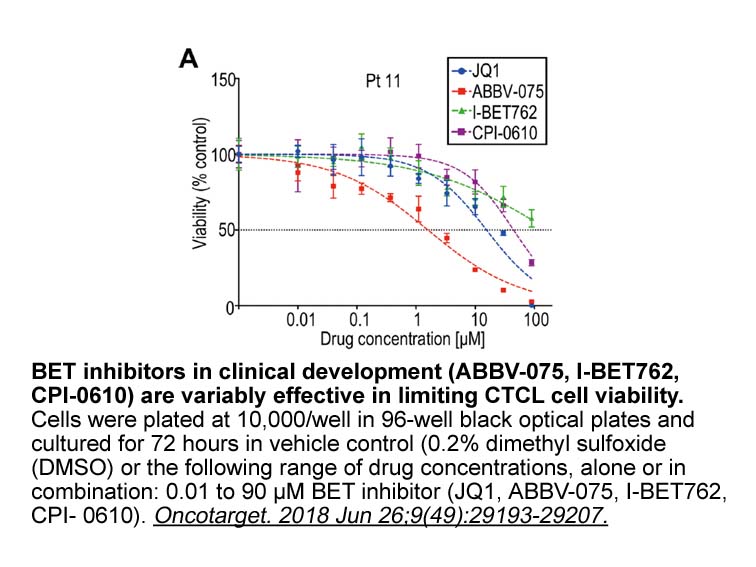
The control group participants of the current study were very similar in age to those of Puertas et al. There was no significant correlation between age and enzyme activity over the short age span studied although age-related changes in the activity of ApA and aspartyl aminopeptidase, typically incr
-
It is reported that Adiponectin is
2024-03-01
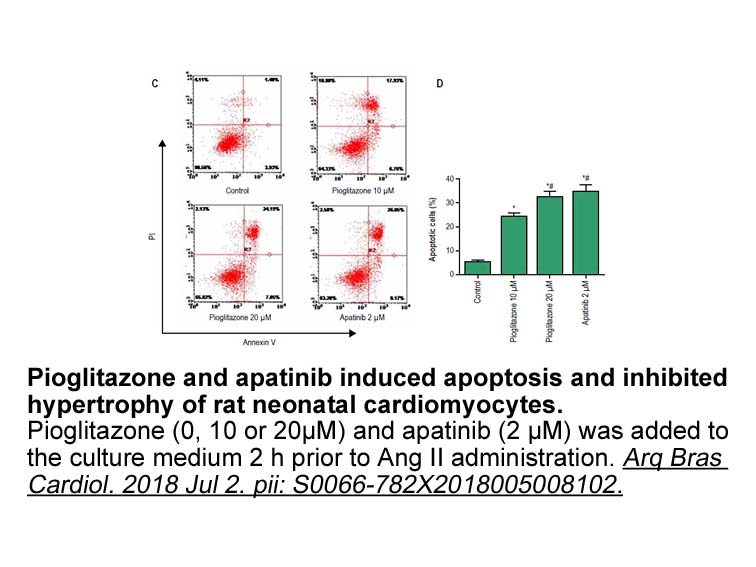
It is reported that Adiponectin is able to suppress NF-κB pathway, and Bcr-Abl fusion oncoprotein in CML activates NF-κB by stimulating its nuclear translocation and also by enhancing its transactivation function [25], [26]. Therefore, it is tempting to hypothesize that NF-κB pathway might be involv
-
In order to get a
2024-03-01
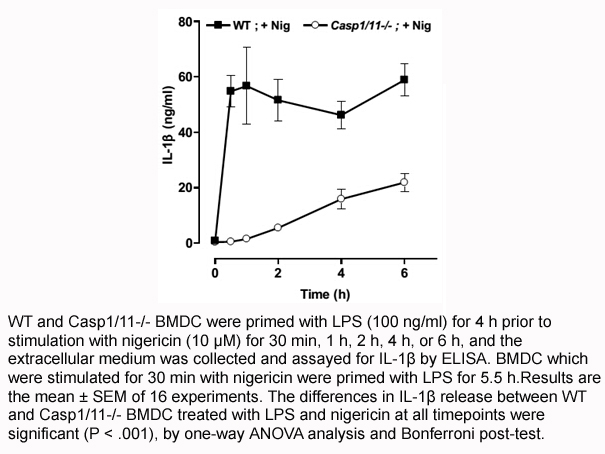
In order to get a better understanding of this synergy, we tested the effect of preliminary incubation of sn-Glycero-3-phosphocholine with non-stimulating concentrations of gonadotropins or FSK before subsequent stimulation by FSK or gonadotropins alone, also at sub-stimulating concentrations. We o
-
In summary we suggest that
2024-03-01
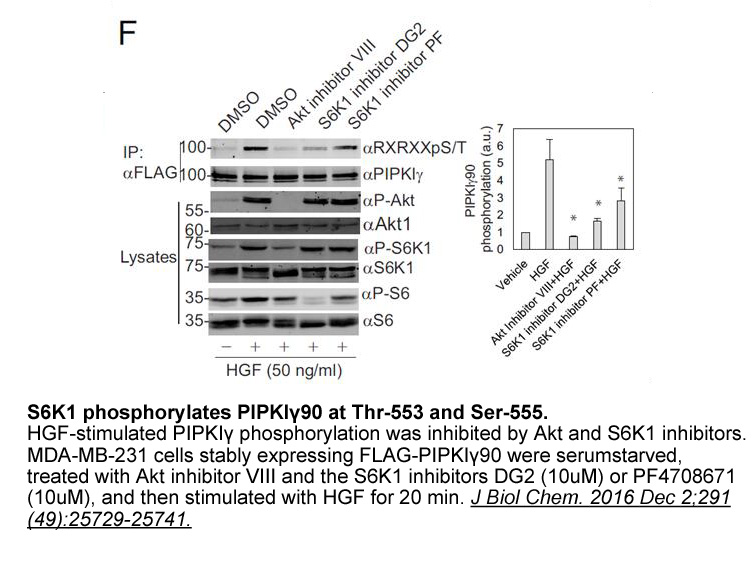
In summary, we suggest that both cofilin and gelsolin are essential factors that regulate sperm capacitation and the acrosomal exocytosis by modulating actin. The relationships between activation/inactivation of cofilin and gelsolin suggest that inhibition of cofilin is important for allowing F-acti
-
Molecular docking simulations were carried out for
2024-03-01
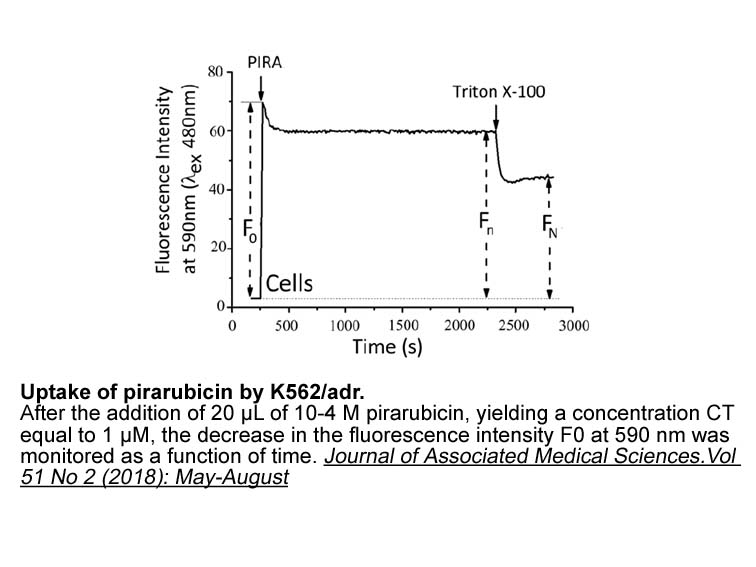
Molecular docking simulations were carried out for ligands – in the ACE crystal structure (1O86) and DPP4 crystal structure (2G5P). Comparison of the binding mode of – () with enalaprilat (a) in ACE shows that the phenethyl group (–, enalaprilat) occupies the S1 pocket and the adjacent carboxylic Re
-
br Methods br Results br
2024-03-01
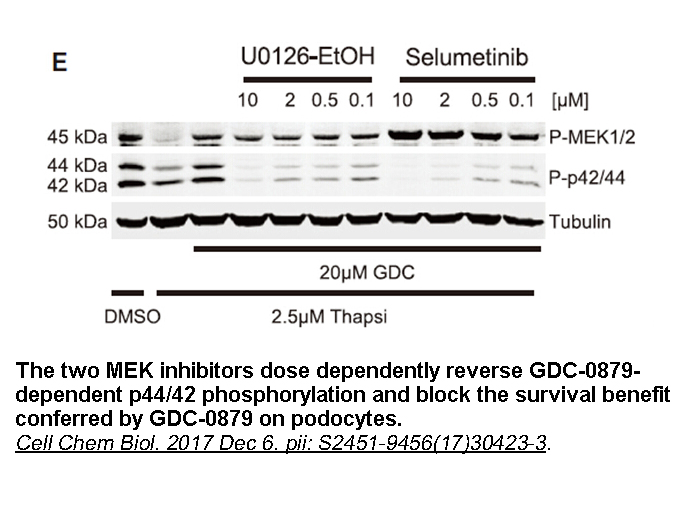
Methods Results Discussion Acknowledgements This work was supported by the National Institutes of Health [Grant R21 NS081429], a Pilot Grant from the Vanderbilt Conte Center supported by the National Institutes of Health [Grant P50 M096972], and by the Department of Anesthesiology at V
-
br Conflicts of interest br
2024-02-29
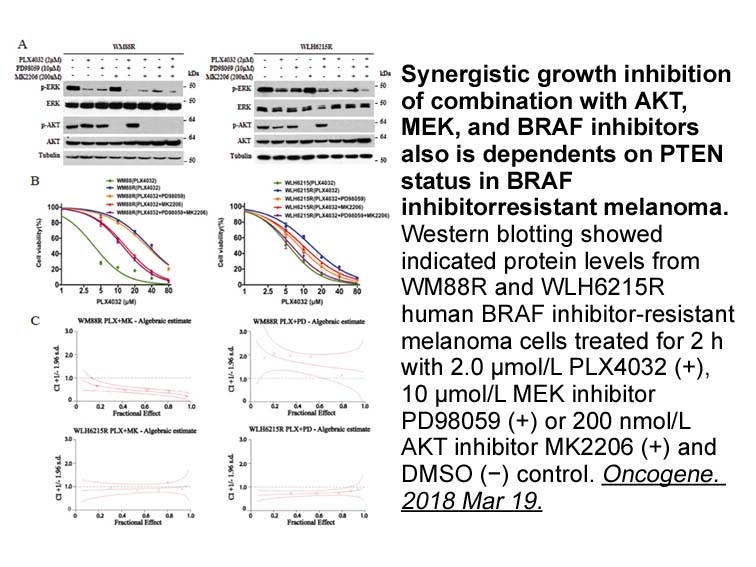
Conflicts of interest Acknowledgments The authors acknowledge National Institute for Medical Research Development (NIMAD) project no. 940943 and National Research Institute for Science Policy (NRISP) no. 1456 for financial support of this work. AM appreciates National Institute for Genetic Eng
-
ATP citrate lyase ACLY is a cytosolic enzyme
2024-02-29
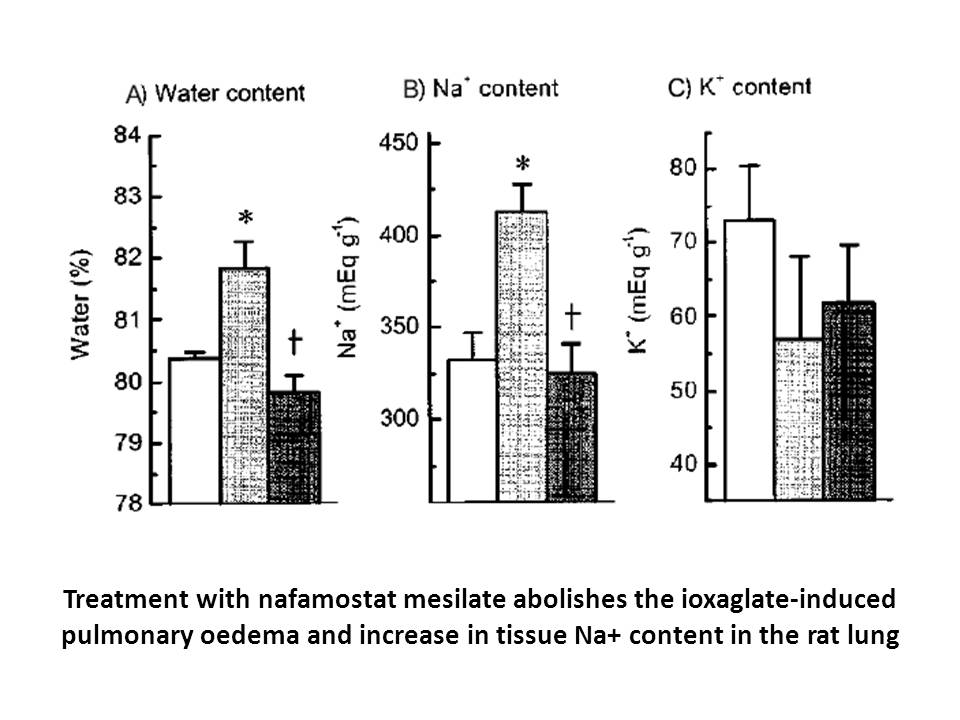
ATP citrate lyase (ACLY) is a cytosolic enzyme that catalyzes the generation of acetyl-CoA from citrate [15]. Acetyl-CoA is the building block for the biosynthesis of fatty acids and cholesterol, and also serves as a substrate of the acetylation reaction of various molecules, including histones and
-
The class C receptors also
2024-02-29
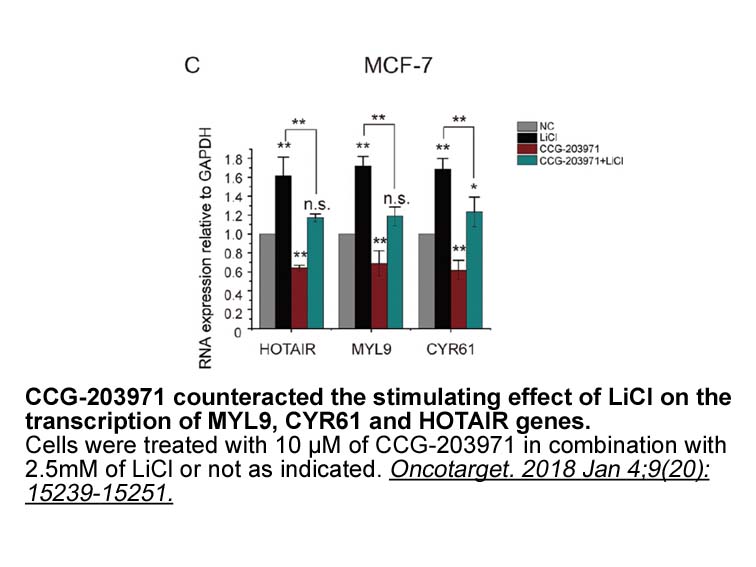
The class C receptors also share a common agonist-binding mode. In all cases, an agonist induces VFT closure by forming intermolecular bonds with surface residues in both the LB1 and LB2 domains (Geng et al., 2013, Geng et al., 2016, Kunishima et al., 2000, Muto et al., 2007, Nuemket et al., 2017, T
-
In previous years evidence emerged
2024-02-29
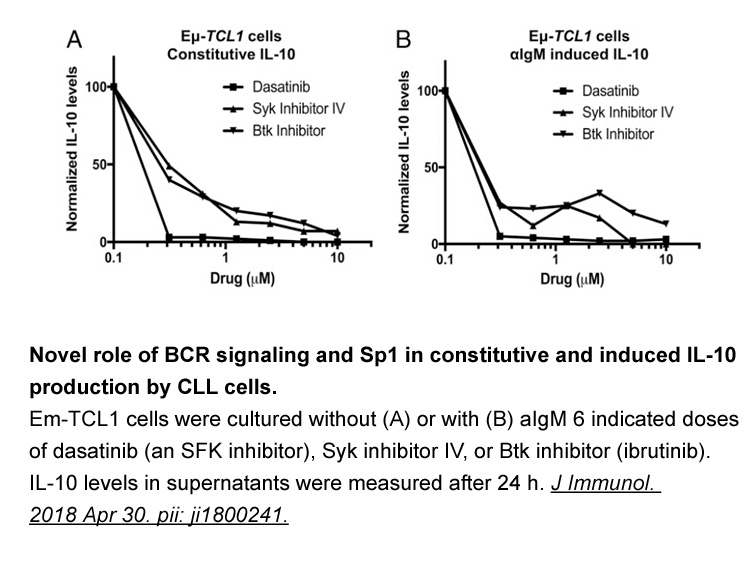
In previous years, evidence emerged that inferred secondary metabolites in plants might exhibit a potential arginase inhibition [36]. In a recent study, Pham and co-workers showed the inhibitory activity of chlorogenic cetp inhibitor (7) and piceatannol (8) (Fig. 3b) on mammalian arginase with IC50s
-
The putative residue apelin proprotein
2024-02-29
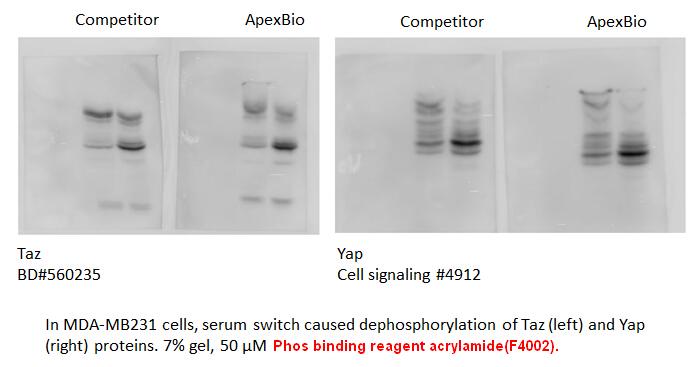
The putative 55-residue apelin proprotein (proapelin or apelin-55) is processed from a 77-residue preproprotein through removal of a 22-residue signal peptide (Table 1). Apelin-55 is further processed into bioactive isoforms of 36, 17, or 13 residues, likely through protease-mediated mechanisms. To
-
br Under normal physiological conditions the agonist
2024-02-29
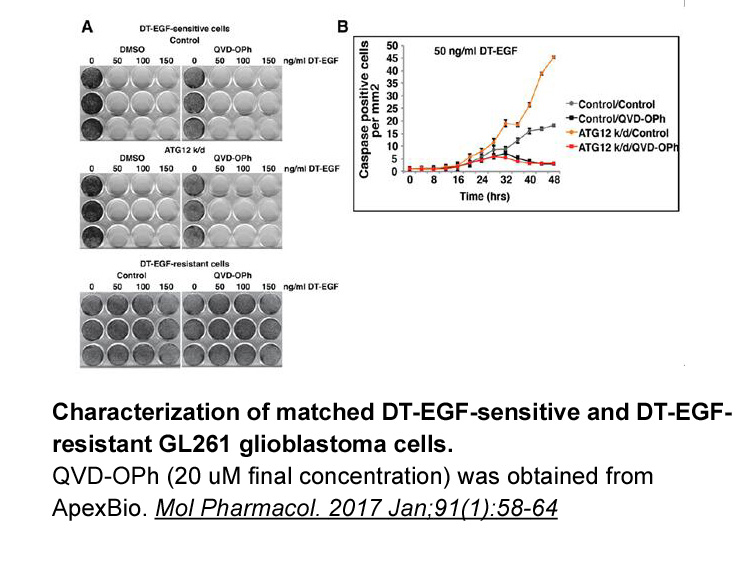
Under normal physiological conditions, the agonist binds to AT1R on the surface of the plasma membrane and activates the receptor, mediating downstream signaling. Then, activated AT1R is phosphorylated by protein kinase C (PKC) [13] or G protein coupled receptor kinases (GPKs, such as GRK2 [13], G
-
br Study approval br Author
2024-02-29
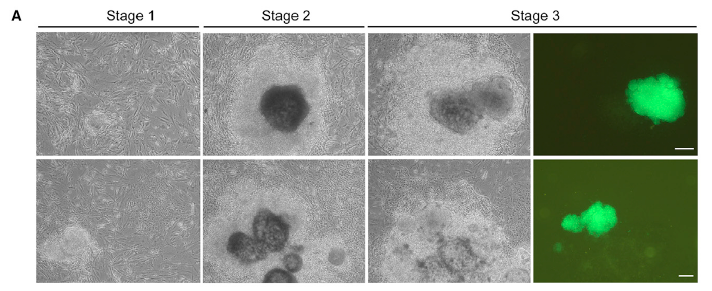
Study approval Author contributions Conflicts of interest Acknowledgements This work was supported by grants of the Youth Backbone Program (to Jianming Ying) of Cancer Hospital, CAMS, Beijing, Beijing Hope Run Special Fund of Cancer Foundation of China (LC2015A06) and the National Natura
15262 records 189/1018 page Previous Next First page 上5页 186187188189190 下5页 Last page